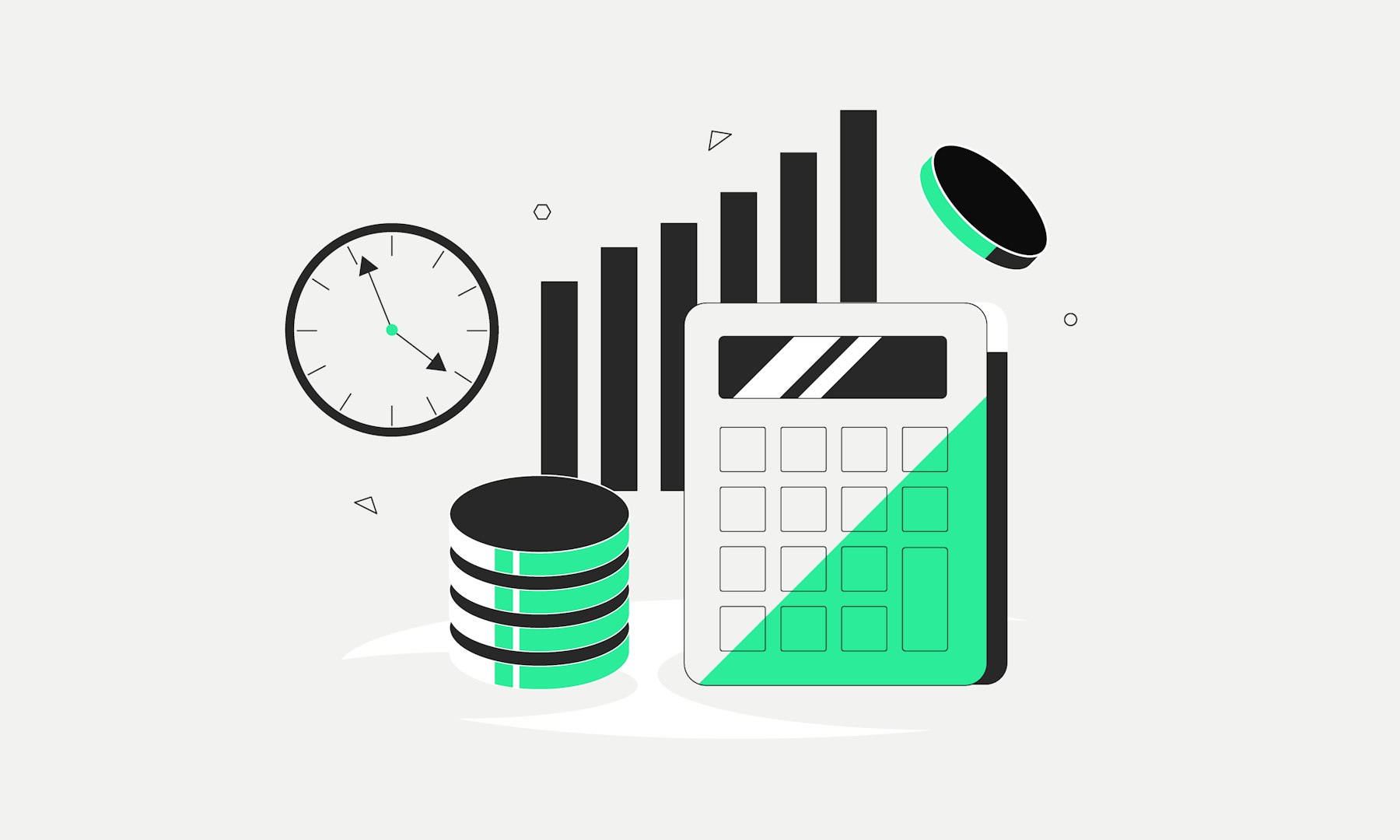What is Yield Farming?
Yield farming can roughly be translated as "yield enhancement." It is a way to earn passive income with cryptocurrencies. Instead of just holding your assets, you can maximise the returns on your crypto holdings. In yield farming, you provide liquidity—coins or tokens—to a DeFi protocol. In return, you receive rewards for the liquidity you provide. These rewards can be additional tokens or interest.
DeFi platforms can temporarily use your cryptocurrency to increase the liquidity of the project and lend assets to other investors. The entire process is facilitated by smart contracts, which ensure that everything runs automatically and securely without the need for a central authority like a bank.
How Does Yield Farming Work?
In yield farming, you earn returns by providing cryptocurrencies to DeFi platforms. This is usually done through liquidity pools, which function like digital vaults where users deposit their cryptocurrencies so others can access them. In return for providing liquidity, you receive rewards, usually in the form of interest or additional tokens, often referred to as "reward tokens."
Depending on the platform and liquidity pool, the rewards vary and are typically paid out in the protocol's governance token. The Annual Percentage Yield (APY) helps you estimate potential returns, as it indicates how much yield you can earn within a year. APY also considers compound interest since rewards are often distributed regularly.
Smart contracts underpin the yield farming process. These digital contracts ensure that transactions are executed automatically without requiring a central authority. If you engage in crypto lending and provide your assets to a DeFi protocol, your tokens are stored in a smart contract. Once certain conditions are met, you automatically receive your rewards.
A well-known example of yield farming is Uniswap (UNI), one of the largest DeFi platforms. Here, you can provide liquidity by depositing cryptocurrencies into a liquidity pool. In return, you earn a portion of the transaction fees generated, paid out in UNI tokens.
Pros and Cons of Yield Farming
One of the biggest advantages of yield farming is the potential for high returns. By providing liquidity to DeFi platforms, users can earn interest and additional farming tokens as rewards. Especially with popular protocols and liquidity pools, there is an opportunity to generate attractive yields. Moreover, yield farming allows access to an innovative investment method that operates decentrally via smart contracts.
One of the biggest risk factors in yield farming is the volatility of cryptocurrencies. If the value of the coins or tokens in a liquidity pool fluctuates significantly, impermanent loss can occur. This loss happens when the value of your deposit decreases compared to simply holding the cryptocurrencies, as price changes between tokens in the pool create an imbalance. Risk mitigation strategies, such as choosing less volatile token pairs or using stable pools (e.g., stablecoin pools), can help reduce these losses.
Another risk is potential vulnerabilities in smart contracts. These can lead to assets being stolen or frozen. A well-known example is the DAO hack in the Ethereum network in 2016, where an exploit in a smart contract was used to steal millions of dollars.
An often underestimated risk factor is the high gas fees associated with transactions, especially on highly congested networks like Ethereum. These fees can significantly reduce earned yields or even lead to losses if the gains do not cover the costs of adding or removing liquidity.
Additionally, returns from farming coins and tokens are not guaranteed and depend on liquidity demand and crypto market trends. To minimise risks in this investment strategy, it is essential to conduct thorough research and understand the underlying protocols, potential costs, and risks.
Which Is Better: Yield Farming or Staking?
Yield farming and staking are two different strategies for earning returns with cryptocurrencies. The key difference is how the yields are generated.
Staking involves locking up cryptocurrencies in a network that uses a proof-of-stake consensus mechanism. Your assets are held for a certain period, and in return, you earn interest. This process creates new coins or tokens, increasing the total supply, making staking an inflationary process. It is ideal for investors seeking stable and predictable returns, as the yields are usually fixed. With Bitpanda Staking, for example, you can earn up to 40% APY.
Yield farming, on the other hand, works differently. Instead of generating new coins, you provide existing tokens to liquidity pools, which are used for decentralised trading or lending. The rewards depend on liquidity demand and are often higher than staking rewards, but the risks are also greater.
Which strategy is better depends on your individual goals. Staking is more suitable for stable, lower-risk returns, whereas yield farming on DeFi platforms is more attractive for experienced investors who are willing to take on more risk for potentially higher yields.
